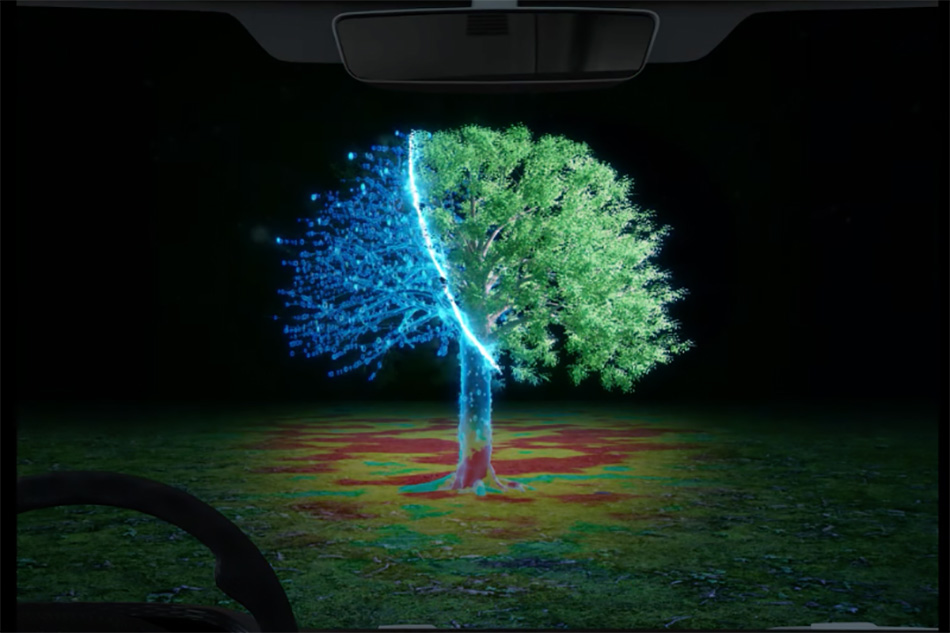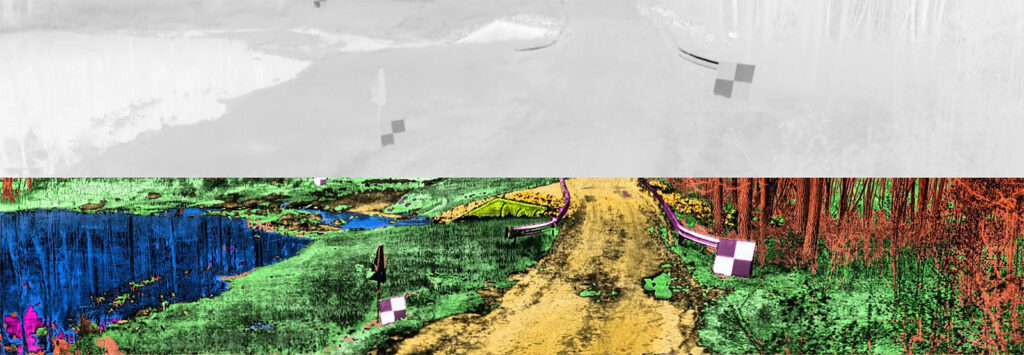Purdue’s New HADAR Sees Texture and Depth Even in Pitch Darkness
In today’s environment, technological advancements and innovations found many applications. While they help make people and machines more productive, they also use vast amounts of energy, producing heat that can lead to other issues. It’s a good thing that there are instruments for thermal imaging.
Thermal imaging (thermography) uses specialized cameras to measure the infrared radiation from different surfaces. It gathers real-time information and converts it into a 2D image with various colors representing contrasting temperatures. Thermal imaging data can be used in different fields, such as safety, medicine, science, and various industries.
Recent innovation
Significant advancements in thermal imaging technology occurred in recent years, especially in its integration with artificial intelligence. Purdue University recently announced its groundbreaking study that led to the development of a thermal imaging system that allows AI to see and navigate through pitch darkness as easily as doing it on a bright day.
The innovation has a deeper significance to different industries, such as autonomous vehicles, search and rescue operations, security, and surveillance.
What makes Purdue University’s study significant?
Purdue University developed HADAR TeX. HADAR stands for heat-assisted detection and ranging. Their HADAR can see texture and depth. It also perceives the physical attributes of environments and people. It can vividly recover the texture from the cluttered heat signal and accurately separates the temperature, emissivity, and texture (TeX) of every object in the scene.
Moreover, their application can see texture and depth through the darkness as if looking at the scene during the day. Further, HADAR TeX can distinguish physical attributes beyond the primary colors red, green, and blue, conventional thermal sensing or visible imaging. HADAR TeX is not affected by daylight brightness or pitch darkness. HADAR TeX can collect information about the surroundings through advanced sensors. It does not need human intervention to make decisions.
Combination of technologies
Purdue University researchers combined thermal physics, machine learning, and infrared imaging to open the path to physics-aware and fully passive machine detection.
Purdue University researchers Zubin Jacob and Fanglin Bao said that their work develops the information-theoretic foundations of thermal perception. The HADAR method shows that pitch darkness carries a similar amount of information as daylight, which can break the long-term human preference for daytime. In their tests, HADAR TeX vision captured textures while overcoming the ghosting effect, clearly showing them even fine textures like bark wrinkles, water ripples, and other details. Improvements to HADAR include increasing the data collection speed and hardware size.
They already applied for a patent for their technology. But they continue to work on the sensor since it is large and heavy because the technology’s algorithms need many colors of invisible infrared radiation, according to Bao. As they envision their method’s initial application in robots interacting with humans and autonomous vehicles, they must reduce its size and price while developing faster cameras. Bao said the sensor takes about a second to create a single image. This capacity is unsuitable for autonomous cars requiring 30 to 60-hertz frames per second.
The researchers are also looking into additional uses of HADAR TeX in several applications, such as wildlife monitoring, health care, geosciences, defense, and agriculture.

